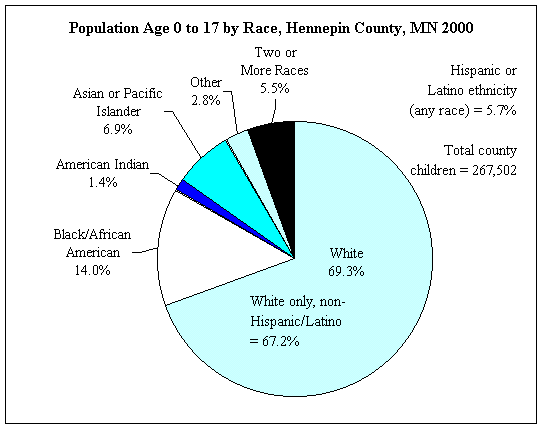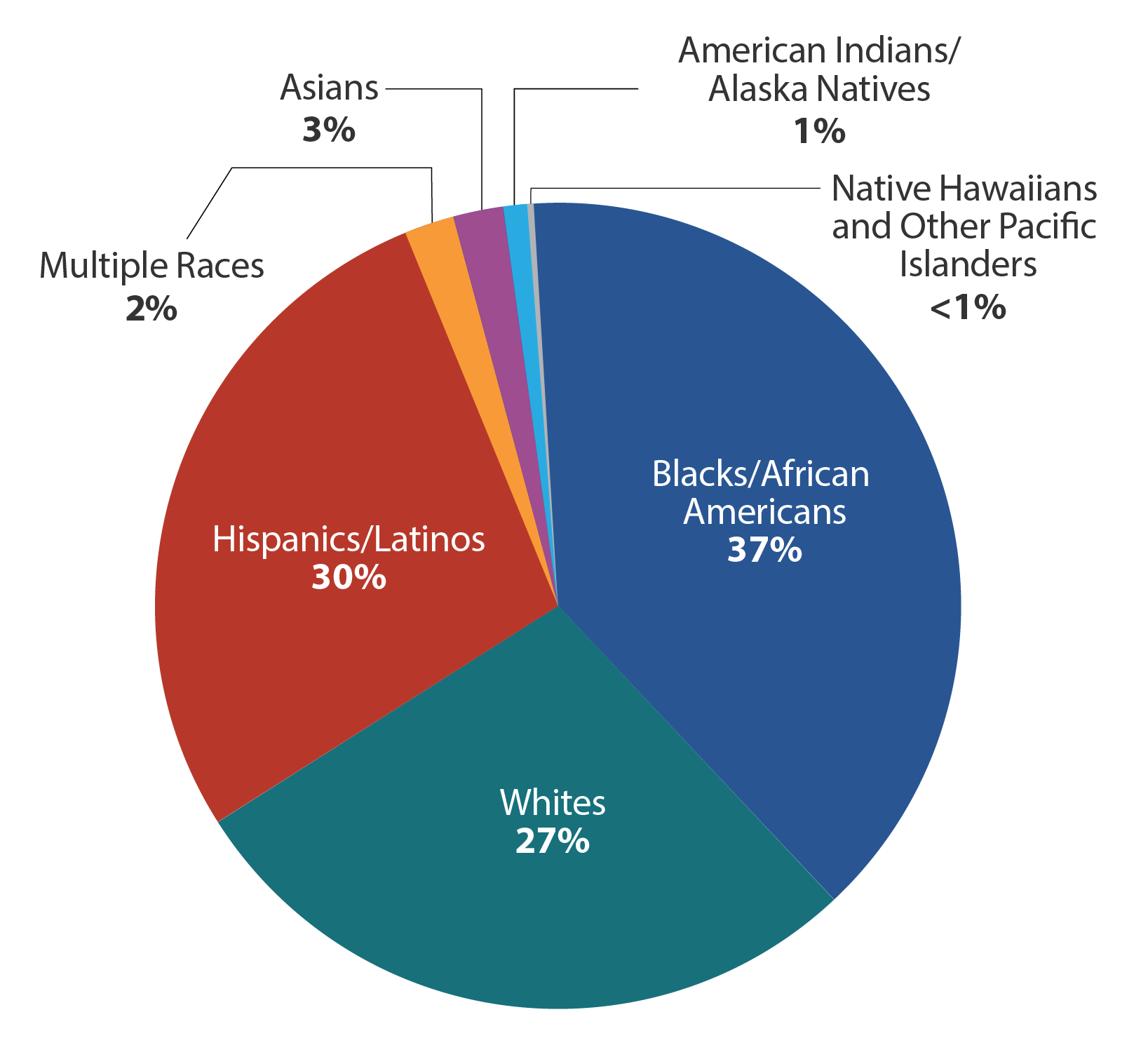
"'Some other race' was something to be taken seriously, not to be dismissed as a misunderstanding on the part of the Hispanic population." And I remember thinking, 'Wow,' " says Clara Rodriguez, a sociologist at Fordham University and author of Changing Race: Latinos, the Census, and the History of Ethnicity in the United States. "For a long time, there was the sense that there wasn't anything wrong with the question, but rather that Hispanics didn't understand the question. National This Is How The White Population Is Actually Changing Based On New Census Data Getting rid of it, bureau officials had hoped, could help more Latinx people answer the census race question.

The bureau had proposed to remove it from the 2010 census form because it had become "a source of noncomparability" between census information and survey data from other government agencies that don't use a "Some other race" category. residents to self-report their racial identities in 1960, the forms that households used asked people to write in their answers and suggested a list of groups that ended with "(etc.)"īy 2000, a check box for "Some other race" made its first appearance, and it was almost its last. When the bureau started allowing all U.S. According to one of the bureau's 1910 census reports, that ultimately produced a count of "5,012 Koreans, 3,249 Filipinos, 2,545 Hindus, and a scattering representation of other races." When the Census Bureau first used an "Other" race option in 1910 for the national tally, it wasn't meant to generate large numbers.Ĭensus workers - who used to assign people their race by observation - were instructed to note those who didn't fall within the provided categories with a shorthand "Ot" on forms and spell out their race. The "some other race" group was not supposed to be this big National What The New Census Data Can - And Can't - Tell Us About People Living In The U.S. their numbers helped the catchall category rise through the ranks of census results. government categorizes as "White") or from Afro-Caribbean groups.Īltogether totaling close to 50 million - or more than 1 in 7 people living in the U.S. In recent decades, many immigrants have also come to see "Some other race" as their preferred check box, especially people with roots in the Middle East or North Africa ( whom the U.S. They either marked the "Some other race" box or wrote in a response that the bureau sorted into that category. Nationwide, some 45 million Latinos were recorded as identifying with a mysterious alternative to what the federal government considers to be the major racial groups.

"I almost wanted to just skip that question, to be honest." Growing up, we were in a very traditional Guatemalan home," says Alvarez, who adds he was disappointed not to see "Hispanic" or "Guatemalan" as an option for the race question. In the end, for both the 20 counts, García Torres settled with checking off a box called "Some other race."Īnd last year, so did Frank Alvarez of Los Angeles, who says when people ask, he identifies as Guatemalan American. National What The New Census Data Shows About Race Depends On How You Look At It If you look at anyone in my family, you wouldn't really be able to guess a race. "Both of my parents are from the island of Puerto Rico, and we're just historically pretty mixed. "It's tricky," the Brooklyn, N.Y., resident by way of Tennessee says.
Us census race percentage plus#
The categories the once-a-decade head count uses - "White," "Black" and "American Indian or Alaska Native," plus those for Asian and Pacific Islander groups - have never resonated with her.

"I actually remember calling my dad and saying, 'What race are you putting? I don't know what to put.' " "Whenever that question is posed, it does raise a little bit of anxiety," García Torres explains. She marked, "Yes, Puerto Rican."īut then came the stumper: What is her race? Is she of Hispanic, Latino, or Spanish origin? That was easy. census questions for the first time on her own as an adult. census have boosted the category to become the country's second-largest racial group after "White." Researchers are concerned the catchall grouping obscures many Latinx people's identities and does not produce the data needed to address racial inequities.įor Leani García Torres, none of the boxes really fit. Growing numbers of Latinos identifying as "Some other race" for the U.S.


 0 kommentar(er)
0 kommentar(er)
